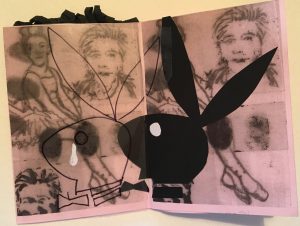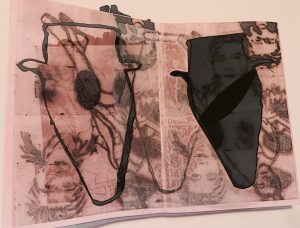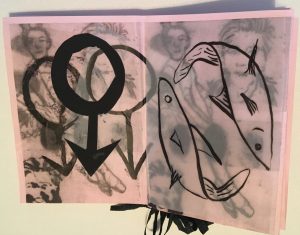What are the key components of postmodernism, and what games do you think exemplify this in their design decisions?
Postmodernism is difficult to define, in the sense that its definition rejects long-held and traditional values that have helped to define society for centuries. Springing off the back of the modernist movement – which heavily featured elements of surrealism and abstraction – the essence of postmodernism was concentrated around scepticism and the rejection of big ideologies and grand narratives and allows for variation of opinion from individual to individual. The formal definition of postmodernism, therefore, leans towards an “eye of the beholder” attitude, but generally involves adherence to the idea that the human condition is a result of its past, rather than pieces slotting together in some “master plan”.
In terms of the arts, postmodernism presented itself as a counter to traditional narratives and ideas. Works of art and literature became purposefully redundant to make a statement in an ever-changing world. What was once “low-brow” work could be reinvented as something high-brow and introspective, something that reacted to the state of the world but rejected ideologies and frequently reason.
If we can consider games as an art-form, then it’s no surprise that postmodernism reared its head within this industry too, or perhaps was inherently tied to it as postmodernism rose up at the time that technology began to.

Bioshock Infinite 2013
An obvious and continually referenced example of postmodernism in gaming is Bioshock Infinite. The game introspectively and openly acknowledges the tropes and issues involved in interactive narratives, in the illusion of choice through choices, despite the fact that ultimately, all choices were manufactured and all outcomes were designed. Infinite openly remarks on the illusion of choice within the game; all choices made by the player end up being insignificant to the main narrative, effecting minuscule cosmetics of characters if anything at all, while the player is pulled along on a narrative that they have no control over. Instead of trying to convince the player that they are in control, the game almost taunts them in proving to them that they are not. Moments such as a coin flip resulting in the playable character Booker DeWitt calling out heads when the player themselves might be thinking of a different response is intended to highlight how technically out of control the player is in the grand scheme of things. When Booker chooses to throw a ball at a mixed race couple tied up on a stage the player (hopefully) disagrees with this decision, and they are made aware once again that they are controlling a character that has been written and designed by someone else. The whole game in itself becomes an introspective examination of the video-games industry by constantly self-referring to the techniques its using to create a brilliant and engaging narrative.

Booker DeWitt flipping the coin in Bioshock Infinite
While there are plenty of games that touch on postmodernism in their ideals or lack thereof, I think it’s Bioshock Infinite that truly exemplifies the movement in its design decisions, giving the player stark and uncomfortable moments where they are made aware of their lack of control, and their lack of involvement. Moments where they are shaken from well-written characters and beautiful, immersive visuals by a sharp reminder that they are only a person controlling a game, designed and produced by someone else, and their involvement in its play has no meaningful difference on its outcome. In my opinion, postmodernism at its finest: disconcerting and altogether redundant.
Helpful links:
www.allaboutphilosophy.org/postmodernism.html
www.screwattack.roosterteeth.com/post/51230202
www.the-artifice.com/three-postmodern-games-self-reflexive-metacommentary





